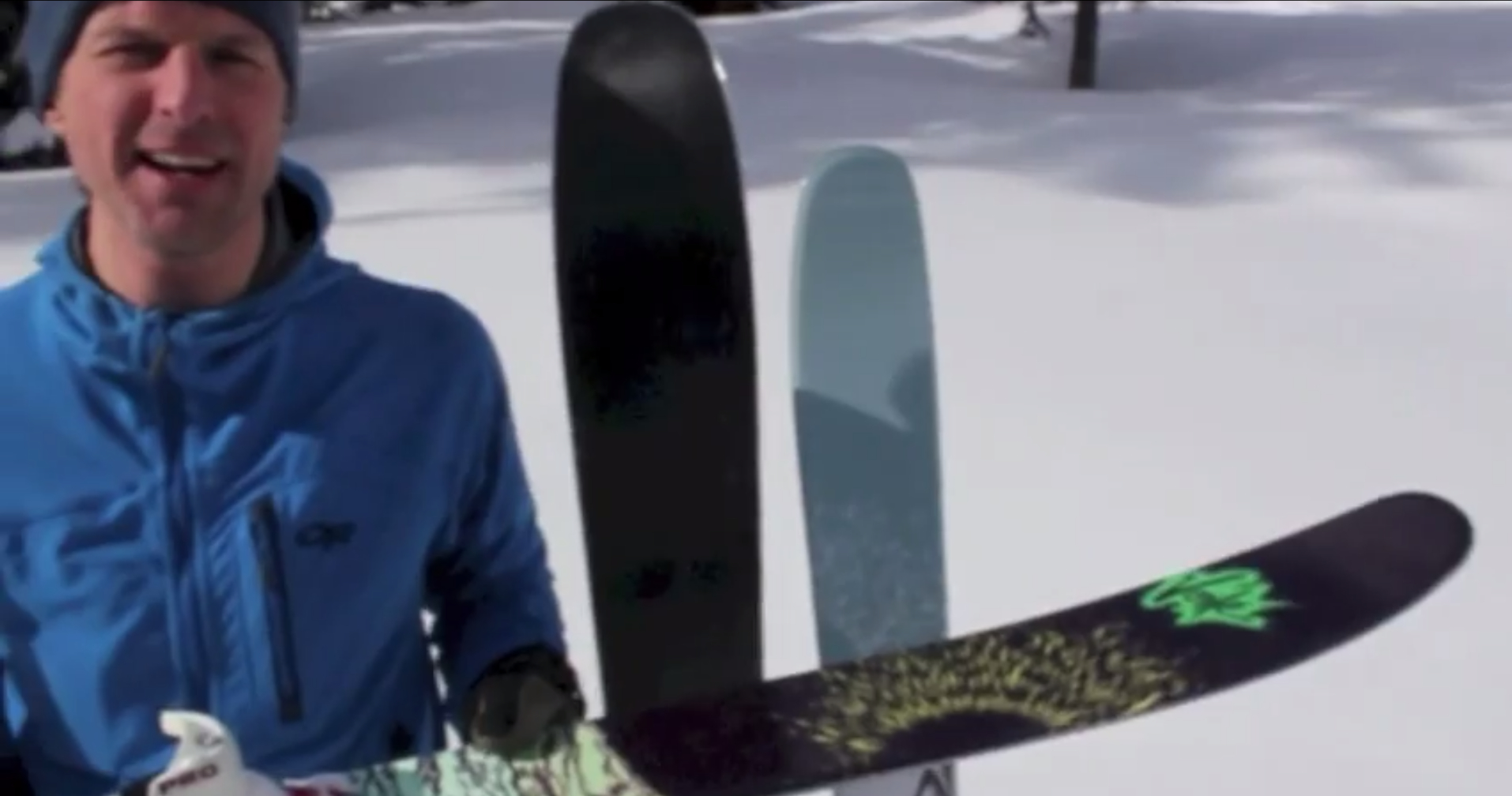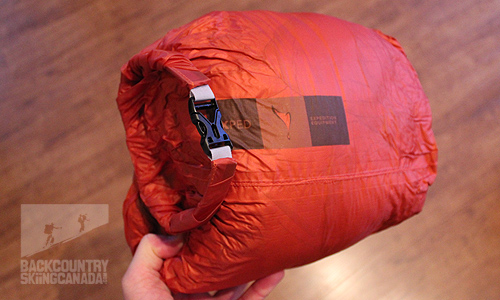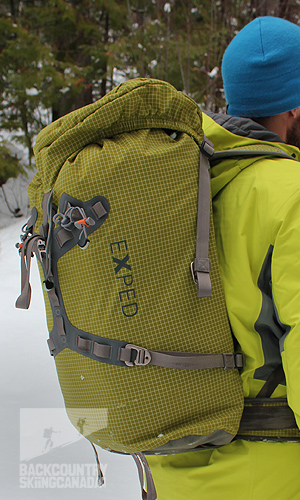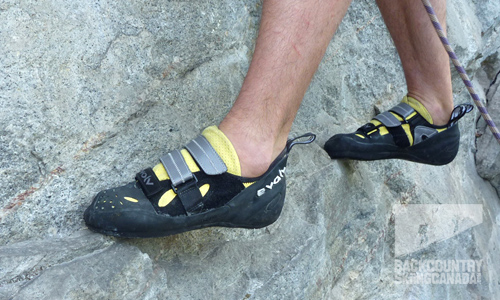Review of the Voilé Charger and Voilé Charger BC Skis

Despite a name that incorporates an accent aigu, Voilé is not from France. In fact, they’re a small company based in Salt Lake City, Utah, and they’ve been making backcountry specific hard goods since 1980. Today, they manufacture five different kinds of skis and three splitboards and in this review, we’ll be looking at two of their offerings – the Voile Charger and the Voile Charger BC skis. A slimmer version of their award-winning Drifter design, the Voilé Charger adheres to the company’s ethic of light but strong. It has an aspen core with a cap construction, a traditional sidecut and camber underfoot. Its tip is tapered and rockered as is the tail, although less so. (The dimensions of the 181cm model are 137mm, 112mm, 126mm.) The only difference between the company’s Charger and Charger BC skis is the latter has an extruded fish-scale pattern on the base which allows you to ascend slight rises without the need of skins.
Read the full review on Backcountry Skiing Canada.




